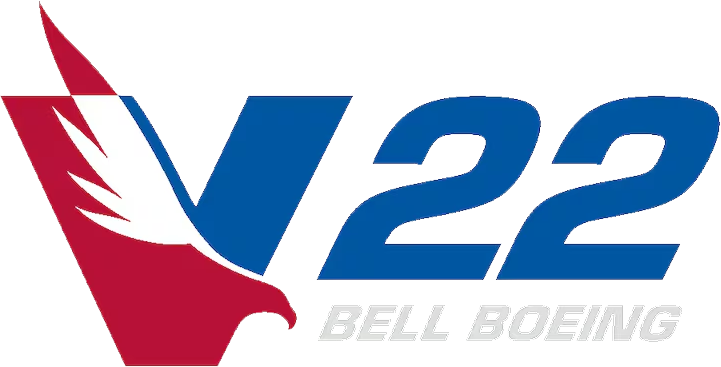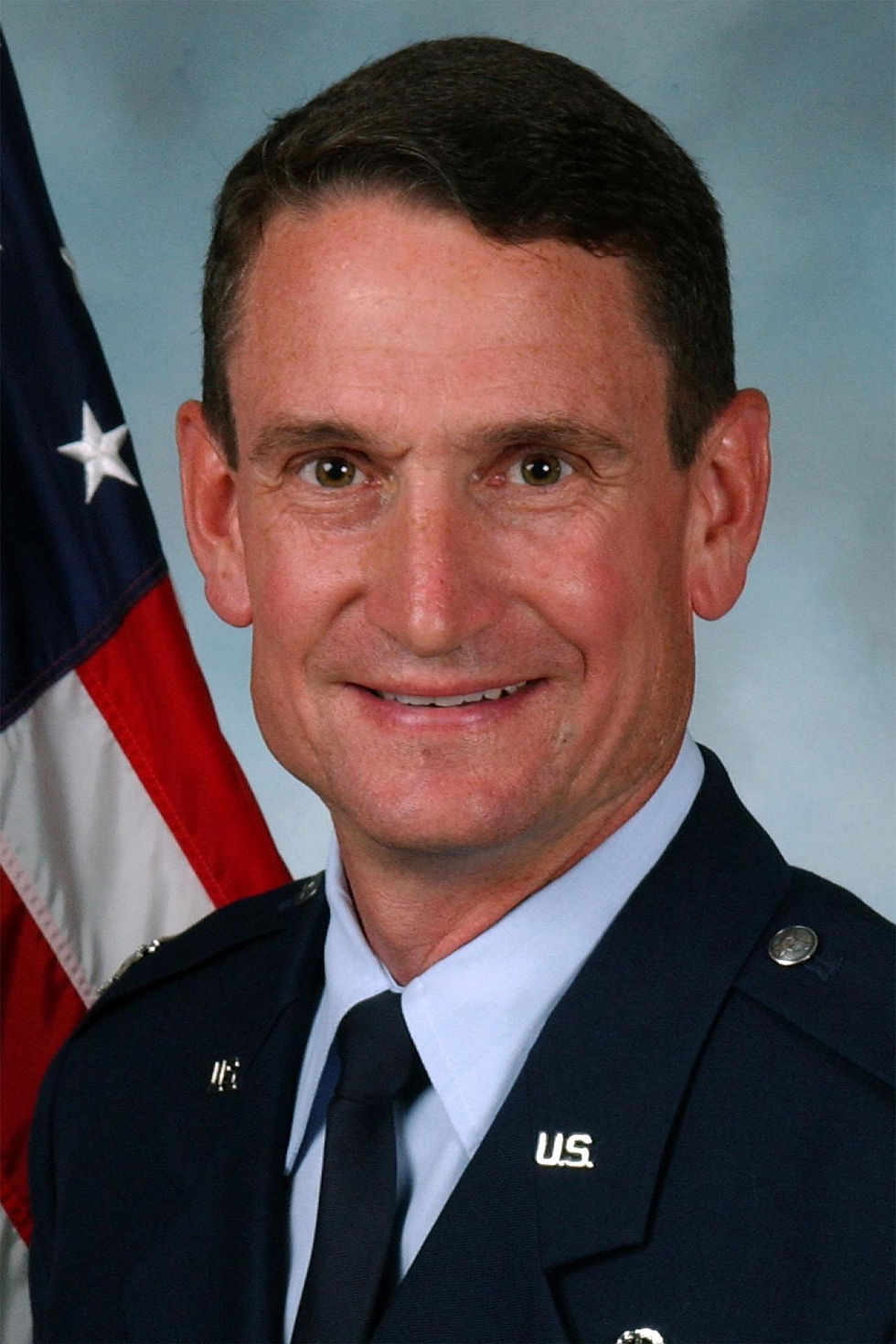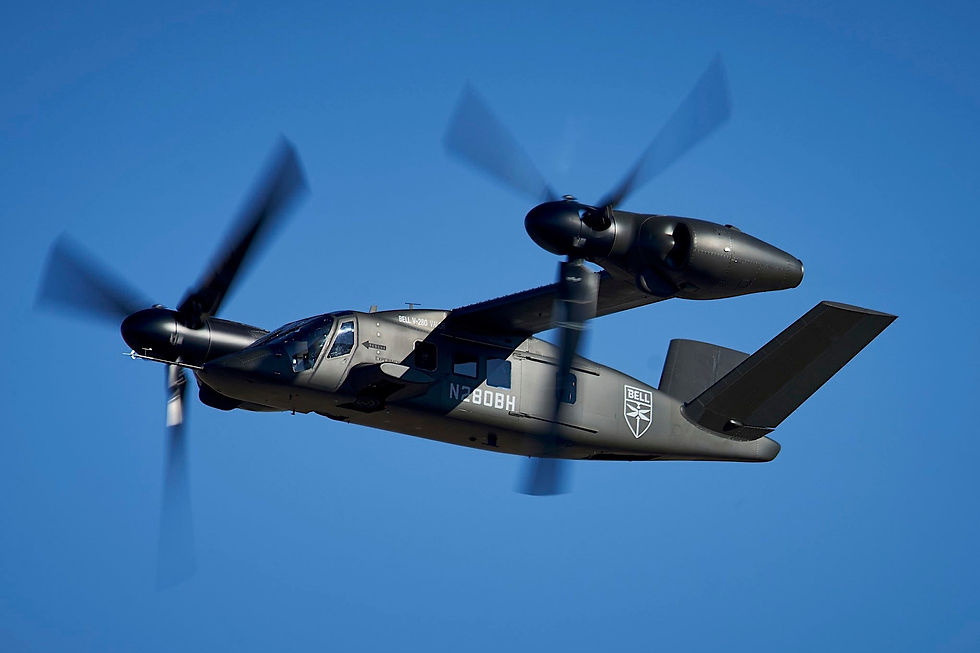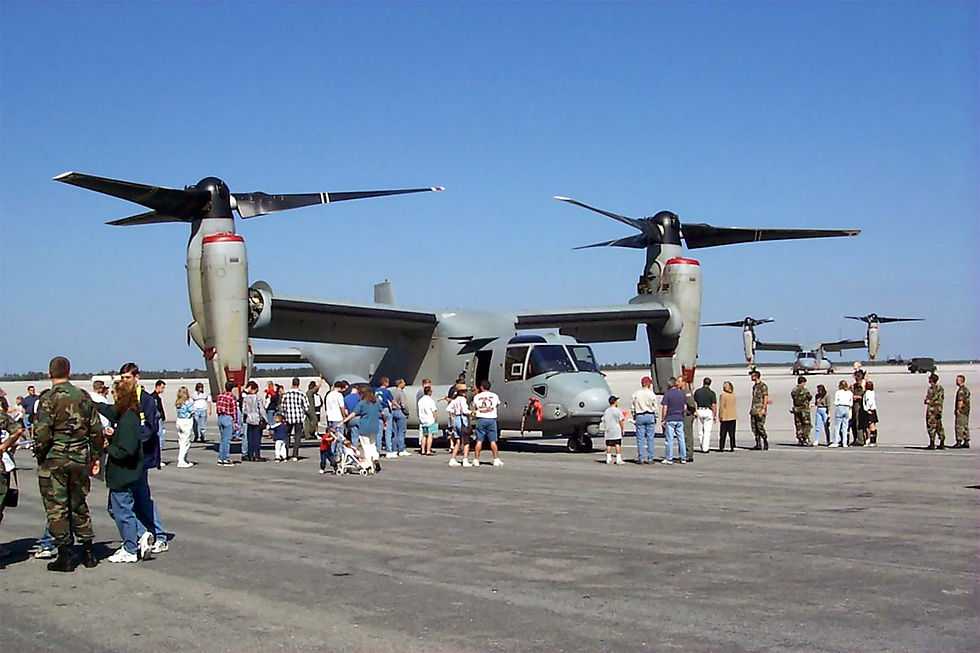A Full-Circle Moment for a CV-22 Pilot
- Garth Calitz
- Aug 5
- 2 min read

Major Tom Currie was the inaugural U.S. Air Force pilot certified to operate the CV-22 Osprey, the Air Force Special Operations version of the V-22. In this capacity, he conducted the maiden flight of the CV-22 experimental aircraft in 1997.
Currently, Tom holds the position of Vice President of Flight Operations at Bell. In a significant milestone, he has had the honour of piloting the final company flight for the last program of record CV-22. This CV-22 aircraft is now set to commence its operational service with the Air Commandos of the U.S. Air Force Special Operations Command.


“The CV-22 has been and will continue to be a pivotal aircraft for the Airmen of Air Force Special Operations Command. The development of this aircraft as part of the larger V-22 family was a seminal change for aviation. For me, it has been extremely satisfying to have been a small part of the CV-22 legacy,” Tom shared.

Over the years, the CV-22 has achieved significant milestones. In September 2000, the initial two test aircraft were delivered to Edwards Air Force Base in California. Subsequently, in January 2007, Bell delivered the first operational CV-22 to the Air Force Special Operations Command. Tom has been instrumental in the development and operational success of the V-22 Osprey. As a graduate of the Air Force Academy, Tom devoted 25 years to the Air Force, primarily serving as a pilot, including nine years as a test pilot for both the MV-22 and CV-22 variants.

As Bell progresses in its innovative endeavours with initiatives like the Future Long-Range Assault Aircraft (FLRAA) and High-Speed Vertical Take-Off and Landing (HSVTOL), it is clear that the company is at the forefront of cutting-edge aerospace technology. The FLRAA program aims to develop a next-generation rotorcraft that will significantly enhance the capabilities of military operations, providing increased range, speed, and versatility in various combat scenarios. This advanced aircraft is designed to meet the evolving needs of modern warfare, ensuring that military forces can operate effectively in diverse environments and respond swiftly to emerging threats.

Similarly, the HSVTOL initiative represents a groundbreaking approach to vertical flight technology. By combining the benefits of vertical take-off and landing with high-speed flight capabilities, Bell is pioneering a new category of aircraft that could revolutionise both military and civilian aviation. This technology promises to facilitate rapid deployment and agile manoeuvrability, making it an invaluable asset for both defence and commercial applications.

In this context, Tom is not just a passive observer; he is eager to be part of a company that not only envisions the future but also actively builds it. His enthusiasm stems from a deep appreciation for innovation and a desire to contribute to projects that have the potential to reshape the landscape of aviation. Being involved with Bell means engaging in a culture that prioritises creativity, collaboration, and forward-thinking solutions. Major Currie recognises that the work being done at Bell is not merely about developing new aircraft; it is about redefining the very possibilities of flight and enhancing the capabilities of those who rely on these technologies for safety and efficiency.


































Comments